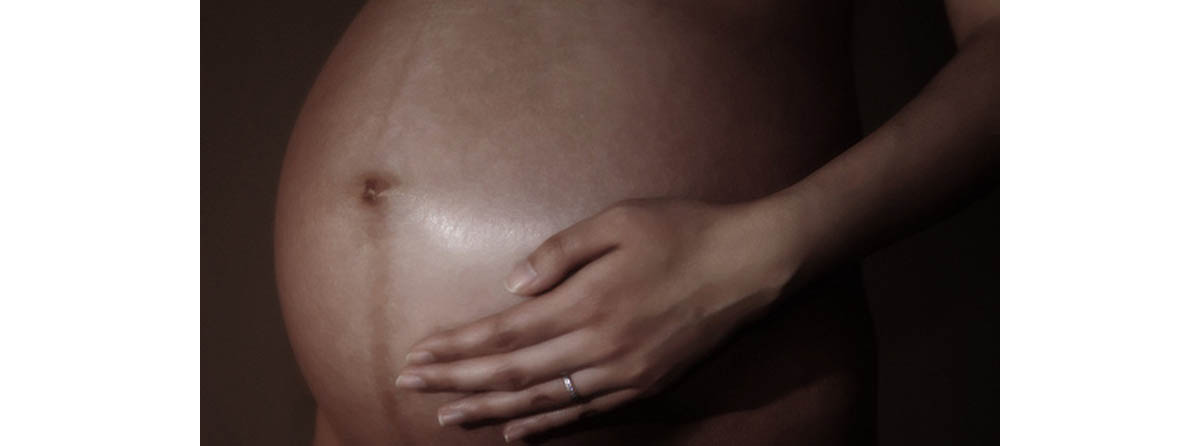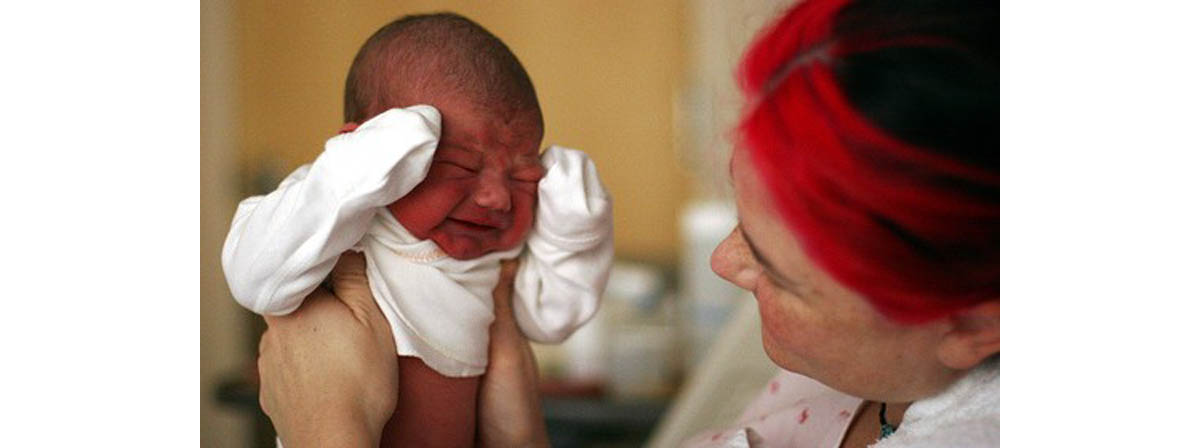For pregnant women, the thought of giving birth is both exciting and slightly scary. There are the obvious concerns about complications and pain, but not knowing what to expect certainly exacerbates any fear first-time mothers have.
In this overview, we talk you through the signs of labor, the delivery itself, and the aftermath.

Before Labor And Birth
Couples who are going to have a baby will find out what their estimated due date is early on in the pregnancy. Everyone “knows” that human pregnancies last about nine months and many are aware that the average pregnancy lasts about 40 weeks, but the due date is actually calculated by adding 280 days to the day on which the woman's last menstrual period started. Once a woman reaches 38 weeks gestation, the pregnancy is considered full term. If labor starts before that time, the baby will be born prematurely.
But what are the signs that a woman is about to go into labor? How can she differentiate between the Braxton Hicks or “practice” contractions she has been having for a good while, and the real thing?
Braxton Hicks contractions can start being a little painful toward the end of pregnancy, but they do not follow a predictable pattern and will subside when the woman changes positions. Labor contractions first appear as short waves that do not feel unlike menstrual cramps. They will gradually lengthen, come closer together, and become more painful. Expectant moms who recognize labor contractions should head to hospital or call their midwife.
Other signs of impending labor include losing the mucus plug, which is literally a thick plug of mucus that sealed the cervix shut during pregnancy. It protected the baby from infections, but when it is expelled, labor will often start within 24 hours. A rupture of membranes (the “waters breaking”) is an even more dramatic sign that the baby is on its way.
Labor And Birth
During labor and birth, the medical team will monitor mother and baby in various ways to ensure their well-being and spot problems early on. Electronic fetal monitoring may be constant or intermittent, depending on the risk level of the pregnancy. The mother's blood pressure may be monitored, and the mother's cervix will be checked.
During pregnancy, the cervix will have gradually begun to soften, shorten and open to prepare for the baby's birth. If this happens to soon, it indicates a risk of premature labor, but during labor the cervix indicates how labor is progressing.
In some cases, labor won't progress (termed “failure to progress” or a “stalled labor”), and a cesarean section may become necessary if artificial augmentation of labor does not speed it up. C-sections may also be carried out because of fetal positions such as breech or transverse (side-ways), a twin pregnancy, a maternal infection, a previous cesarean, or other medical reasons. Some mothers opt for an elective cesarean section. The risk of maternal death due to a c-section is tiny, but real at six in 100,000 births.
Postpartum Recovery
Women in both vaginal and c-section groups will generally feel sore for a few weeks — though in different places — but the discomfort will decrease all the time and most women feel better again by the time their six-week postpartum appointment rolls around. Postpartum women will generally bleed for around 40 days after the birth of their baby.

When will menstrual periods start again? This varies individually, and is greatly influenced by the mother's mode of infant feeding. Formula-feeding mothers generally start their cycles again within two months of the birth. For breastfeeding mothers who also supplement or pump, it is hit-and-miss. Moms who breastfeed exclusively on demand aren't likely to see a period for a good while. I went without periods for a grand total of two years after my son was born, for instance, because this is how long I nursed.
A word of caution: lactational amenhorrea, or a lack of periods due to breastfeeding, can stop both periods and ovulation for a good while, but that does not make it a reliable contraceptive.
This is because many women ovulate prior to getting their first postpartum period, and there is no way of knowing when that is going to happen. The six-week postpartum checkup is a good opportunity to discuss contraception with your healthcare provider.
Women who had a cesarean will want to know about the most common complications. They include infection, heavy blood loss, swollen feet, nausea, a blood clot in the legs or lungs, severe headache, and bowel problems. Women who had a c-section should discuss post-operative care and what to do if these symptoms occur with their doctor in detail.
Breastfeeding
Breastfeeding has been proven to be the healthiest nutrition for infants time and time again.
Breastfeeding reduces the risk of infections and diseases like diarrhea in infancy, and the risk of obesity and type 2 diabetes later in life. Breastfeeding also reduces a mother's risk of developing breast cancer later in life, and it is convenient and free.
Start-up problems like mastitis (an infection of the breast) can cause some women to quit nursing, but lactation consultants can help solve breastfeeding issues.
The World Health Organization recommends that mothers breastfeed exclusively for six months, and along with solid foods until the baby is two years old. There are, however, some situations in which breastfeeding is not advised:
-
If the mother is HIV positive.
-
If the mother is taking various types of prescription drugs — discuss with doctor.
-
In the case of active tuberculosis.
-
If the mother is dependent on illegal drugs. This includes marijuana. The active ingredient THC is transferred through breast milk and some studies show this can lead to motor development delays.
- Photo courtesy of george ruiz by Flickr : www.flickr.com/photos/koadmunkee/5476115196/
- Photo courtesy of sean dreilinger by Flickr : www.flickr.com/photos/seandreilinger/289162158/


Your thoughts on this